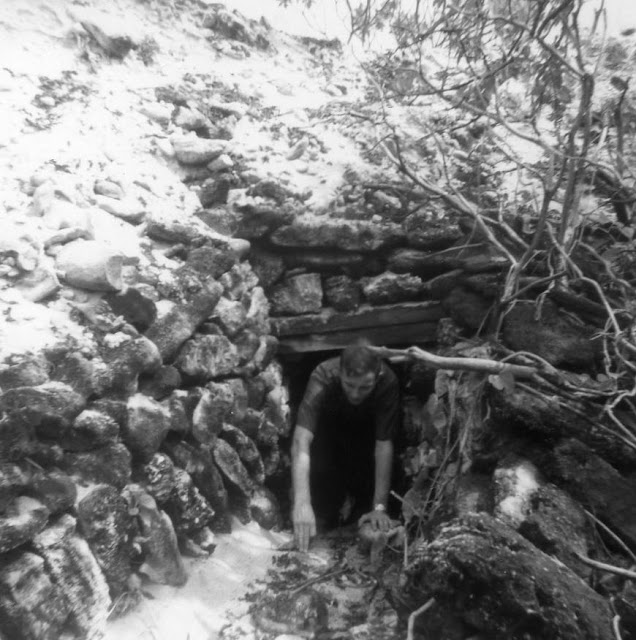I wrote a post about Wake Island a long while ago. Today I found a video on the History Channel about the Japanese invasion of Wake. There were things in the video that I did not know. 450 marines and 120 civilian contractors (the contractors were later used to build fortifications to hold the island for the Japanese. On September 4 of 1945 the contractors were murdered because the Japanese did not want them to testify at a war crimes tribunal, the officer who ordered the murders was hung for his crime after the war) the marines and contractors held off multiple attempts to invade by the Japanese. The Japanese were thrown back with 900 soldiers and a dozen ships and had to get additional ships and 5000 more soldiers before Wake fell. The marines held out, waiting for navy and marine forces arrive from Pearl Harbor. After the attack on Pearl, admiral Kimmel organized a task force and sent it to save Wake. Kimmel was scapegoated by the navy and was replaced by another admiral Pye (sadly a very weak one) who did allow the rescue force to continue, but when a message from Wake pleading for help was misunderstood by admiral Pye, he turned the task force around because he did not want to risk the aircraft carrier Saratoga and its force for what he thought might be a lost cause. The task force was close enough to save Wake when it was turned around. That admiral Pye was relieved of command and admiral Chester Nimitz took over the Pacific fleet. Nimitz held command of naval forces in the Pacific until the end of the war.
When the crew I was with flew into Wake, we walked around Wake looking at what was left there. That was 1965 and things hadn't changed much since the war. There was a US Coast Guard navigation there and not much else I could see. I only saw two of the three islands in the archipelago. Wilkes island was so flat I did not even realize it was there. Peale island was across a one lane bridge and Wake was by far the biggest of the islands. The five inch gun in the picture below was something to see sitting there. We all thought it was from a navy ship, but it turns out that was a gun the Japanese brought there from Singapore after they invaded that place. Wake's biggest gun the marines had was a three inch cannon.
The bunker below was actually built by civilian contractors on the island before the war started. By the way, the man coming out of the bunker was Bill Locher, who looked so much like me people would mistake us for the other.
The picture below was the Drifter's Reef, the only place for alcohol in the island. We had a great party there, burgers, dogs and beer in mass quantities. It was the one time in my 11 year stint in the navy when the party was officers and men fraternizing together. We got to see what they were like and they got to see us.
The picture below is the bridge between Wake and Peale. The Drifter's reef also sold bait and rented fishing gear, so we fished off that bridge and had a good time before the party started. We caught some fish, but no one knew what they were, so we let them go rather than cooking them for supper. I suppose by now most people have been to aquariums and seen videos of scuba divers under water with all the fish around them, but back then none of us had ever seen fish like the ones we caught. We didn't know if they were edible or not and by the time we had them it was time for the party to start.
Video of wake Island attack by Japanese. This is an hour and a half long video showing the island, the invasions by the Japanese and several of the marines visiting the island after 60 years later. The marine's stories are very good and they remembered a lot after 60 years. When the island surrendered they were shipped to Japan and China to work in slave labor camps where many died. They were some of the few the Japanese didn't outright murder after surrendering. Those marines lost upwards of 40-60 pounds in captivity. The Japanese soldiers who occupied Wake during the war after the island was cut off, had so little supplies and little food also lost extreme weight. The average Japanese soldier weighed about 140 pounds, some of them left on Wake were down to 80 pounds and a few were barely 60 pounds when the US retook the island on September 4 of 1945. Wake was harassed by US aircraft carriers as they passed by on their way east toward Japan. A young navy pilot, one George H. W. Bush dropped his very first bombs on Wake early during WW-2 as his aircraft carrier passed by the island.





No comments:
Post a Comment